Curry sauce is a staple in many households, and for good reason. It’s versatile, flavorful, and can be made in a variety of ways to suit different tastes.
One of the key components of a great curry sauce is the spices used. With so many options available, it can be overwhelming to know which ones to use to achieve the perfect flavor.
In this article, we will cover 13 different spices that can be used to create a delicious curry sauce. From the earthy flavor of cumin to the spicy kick of cayenne pepper, each spice brings its own unique flavor profile to the dish.
We will discuss the benefits of each spice and how to use them in your curry sauce.
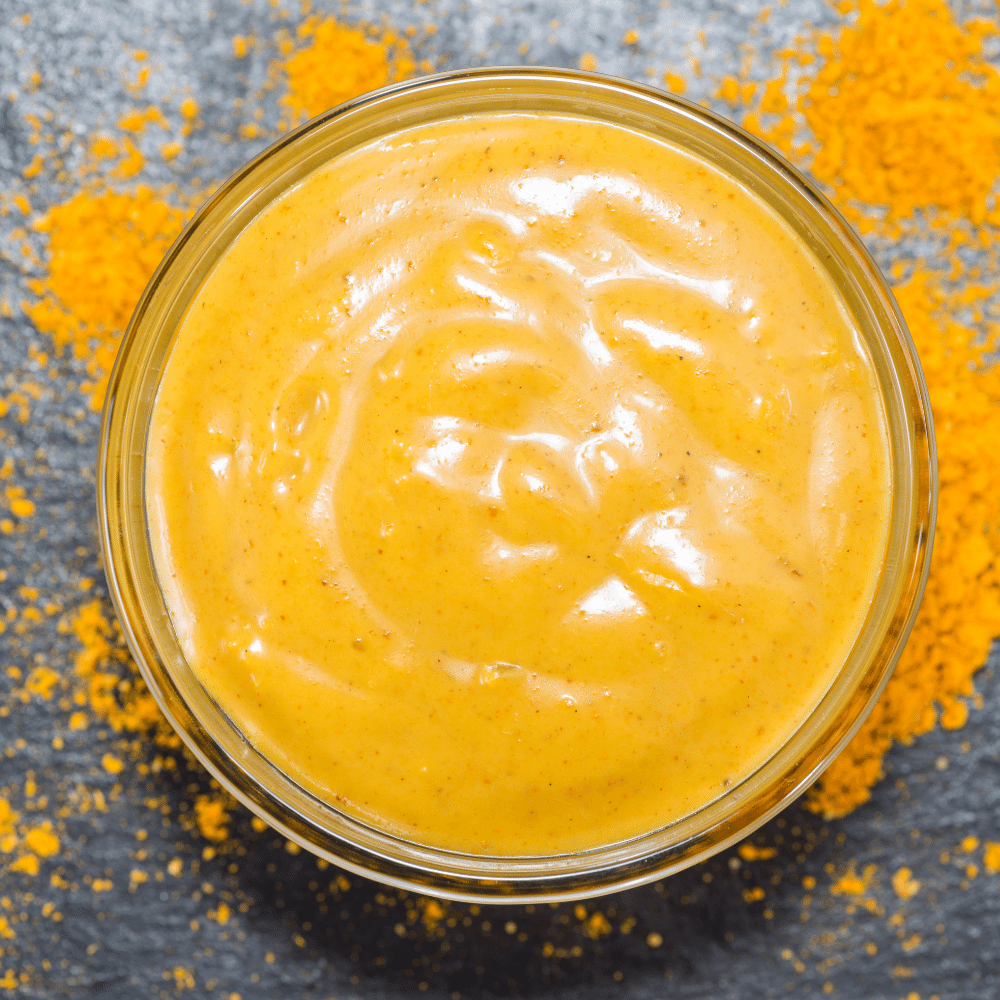
Whether you’re a seasoned cook or a beginner, understanding the different spices used in curry sauce can help you create a dish that is bursting with flavor.
By experimenting with different combinations of spices, you can create a curry sauce that is uniquely your own. So, let’s dive in and explore the world of spices for curry sauce!
1. Cumin

Cumin is one of the most important spices for making curry sauce. It brings a nutty, earthy flavor to the dish, and is rich in iron, magnesium, calcium, phosphorus, and vitamins A, B6, C, E, and K.
Here are some key things to know about cumin:
- Cumin is a member of the parsley family.
- It is native to the Mediterranean region and is widely used in Middle Eastern, Indian, and Mexican cuisines.
- It can be used whole or ground, and is often toasted to bring out its flavor.
- Cumin is a good source of antioxidants and has been shown to have anti-inflammatory properties.
- It is often paired with coriander in curry dishes, as the two spices complement each other well.
To use cumin in your curry sauce, try toasting the seeds in a dry pan before grinding them. This will help bring out their flavor and aroma. You can also add ground cumin directly to the sauce, either at the beginning or towards the end of cooking depending on the recipe.
2. Coriander
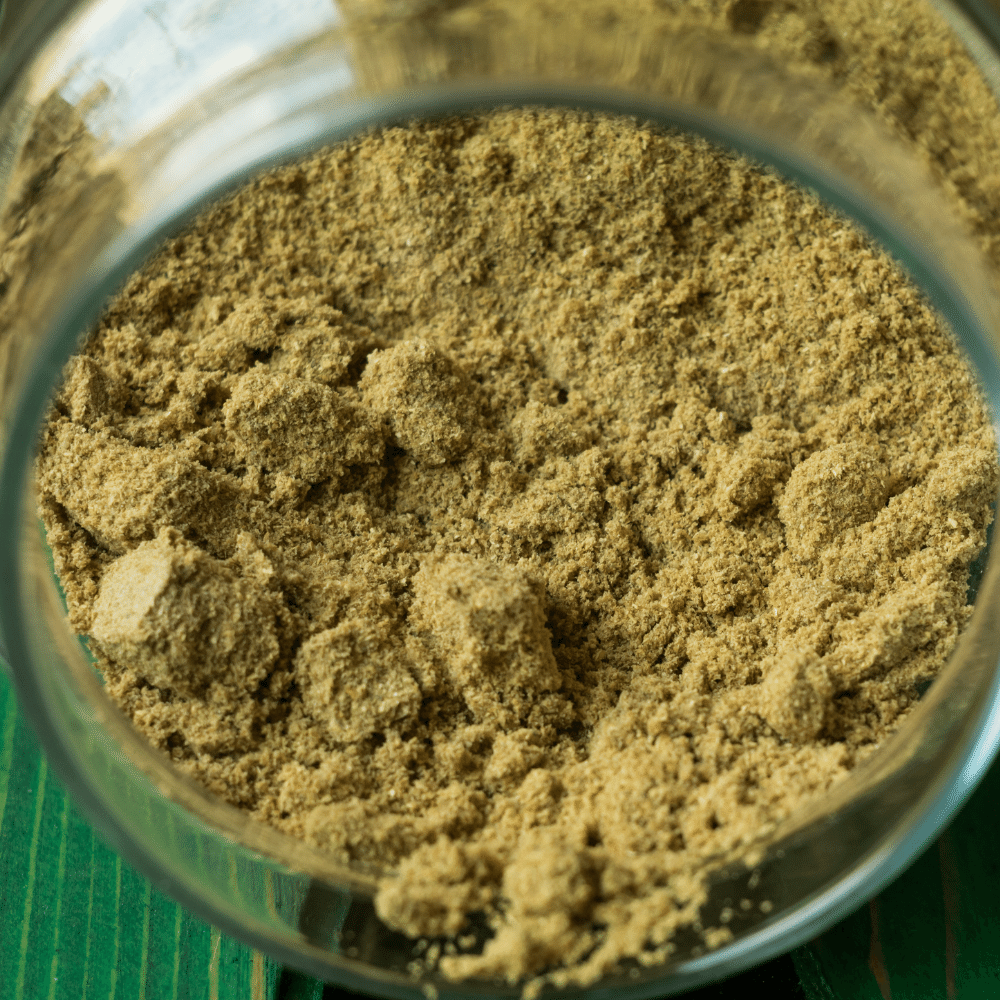
Coriander is a spice that comes from the seeds of the coriander plant. It is commonly used in Indian cuisine and is an essential ingredient in many curry recipes. Here are some things you should know about coriander:
- Coriander has a citrusy, slightly sweet flavor that pairs well with other spices like cumin, turmeric, and ginger.
- The seeds can be used whole or ground, and are often toasted before being added to a recipe to bring out their flavor.
- Coriander is a good source of antioxidants, fiber, and minerals like iron and magnesium.
- It is also believed to have medicinal properties, including aiding digestion and reducing inflammation.
- If you don’t have coriander on hand, you can substitute it with cumin or fennel seeds, or use a pre-made curry powder that includes coriander.
Coriander is a versatile spice that can be used in a variety of dishes beyond curry. Try adding it to soups, stews, roasted vegetables, or even baked goods for a unique twist on classic recipes.
3. Turmeric

Turmeric is a spice that is widely used in Indian cuisine, particularly in curry sauces. It is known for its bright yellow color and earthy flavor. Turmeric is also used for its medicinal properties, as it contains curcumin, which has anti-inflammatory and antioxidant effects.
Here are some key facts about turmeric:
- Turmeric is a member of the ginger family.
- It is native to Southeast Asia and is commonly used in Indian, Thai, and Middle Eastern cuisine.
- Turmeric is what gives curry its signature yellow color.
- It has a slightly bitter, warm flavor that is often described as earthy or mustard-like.
- Turmeric has been used in traditional medicine for centuries to treat a variety of ailments, including digestive issues, inflammation, and infections.
When using turmeric in a curry sauce, it is important to be careful not to use too much, as it can easily overpower the other flavors in the dish. A good rule of thumb is to use about 1 teaspoon of turmeric for every 2-3 servings of curry.
Turmeric can also be used in other ways, such as in smoothies, teas, and as a natural food coloring. It is a versatile spice that is worth having in your spice cabinet.
4. Cardamom
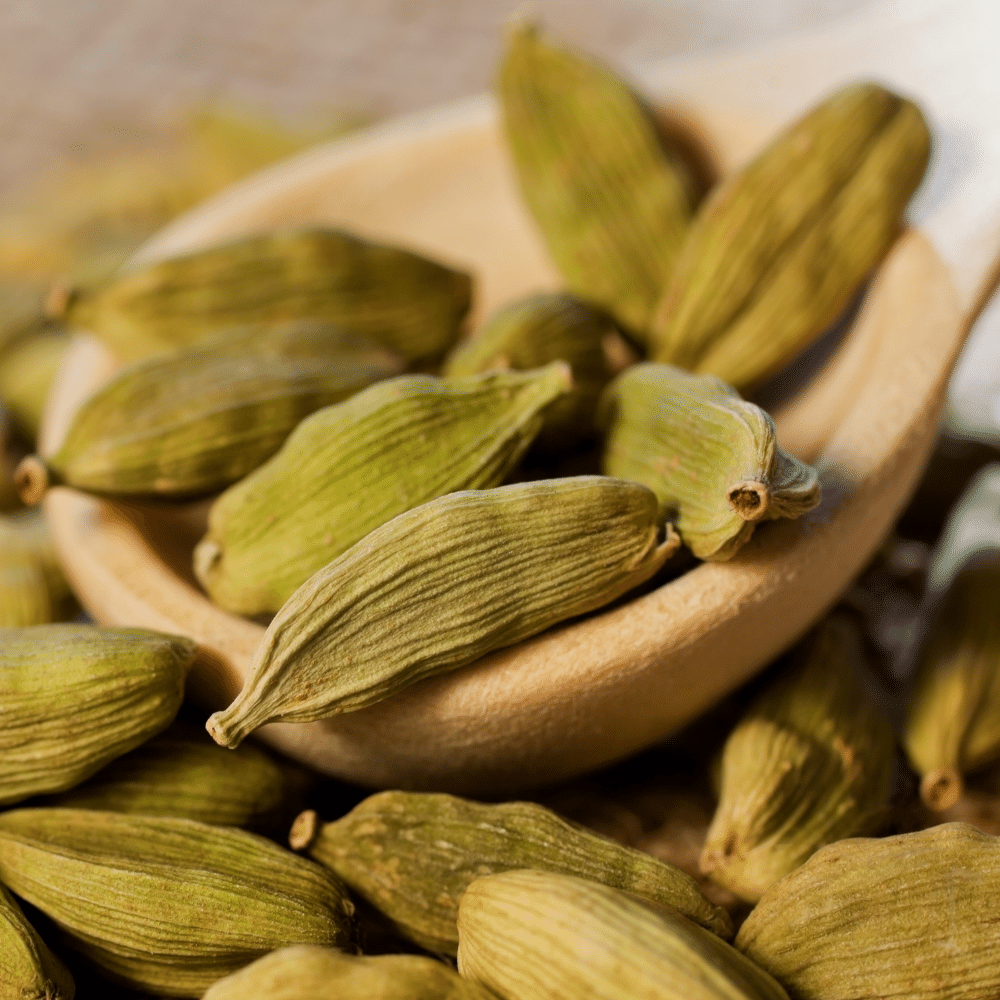
Cardamom is a spice that is native to India and is commonly used in Indian cuisine. It has a sweet, floral, and slightly spicy flavor that is perfect for adding depth to curries. It is also known for its medicinal properties, such as improving digestion and reducing inflammation.
Here are some key facts about cardamom:
- There are two main types of cardamom: green and black. Green cardamom is the most commonly used in Indian cuisine, while black cardamom is more commonly used in savory dishes.
- Cardamom is often used in spice blends like garam masala and chai spice.
- It is also used in desserts like rice pudding and kulfi.
- Cardamom is rich in antioxidants and has anti-inflammatory properties.
When using cardamom in a curry sauce, it is best to use whole pods rather than ground cardamom. This will help to preserve the flavor and aroma of the spice. Simply crush the pods to release the seeds inside and add them to your curry sauce.
Cardamom pairs well with other spices like cinnamon, coriander, and cumin. Try adding it to your next curry sauce for a unique and complex flavor.
5. Cloves

Cloves are an aromatic spice that comes from the dried flower buds of the clove tree. They have a sweet and slightly bitter taste with a strong, warm aroma. Cloves are commonly used in Indian cuisine to add flavor to curries, rice dishes, and spice blends. Here are some key facts about cloves:
- Cloves are high in antioxidants and have anti-inflammatory properties.
- They contain eugenol, which has been shown to have analgesic properties and may help with toothache pain.
- Cloves can be used in both sweet and savory dishes, and are often used to flavor baked goods like gingerbread and pumpkin pie.
- They pair well with other warm spices like cinnamon and nutmeg, as well as with citrus flavors.
- Cloves are also used in traditional medicine practices to treat digestive issues and respiratory problems.
When using cloves in curry, it’s important to use them sparingly, as they have a very strong flavor. Here are some tips for using cloves in your next curry recipe:
- Add whole cloves to the curry and remove them before serving, or grind them into a powder and use sparingly.
- Cloves pair well with other warm spices like cinnamon, cardamom, and cumin, so consider using them together to create a flavorful spice blend.
- For a sweeter curry, add cloves along with other sweet spices like ginger and nutmeg.
- Try adding a pinch of ground cloves to your rice dishes for added flavor.
Overall, cloves are a versatile and flavorful spice that can add depth and warmth to your curry dishes. Use them sparingly and experiment with different spice combinations to find the perfect flavor for your next meal.
6. Cinnamon
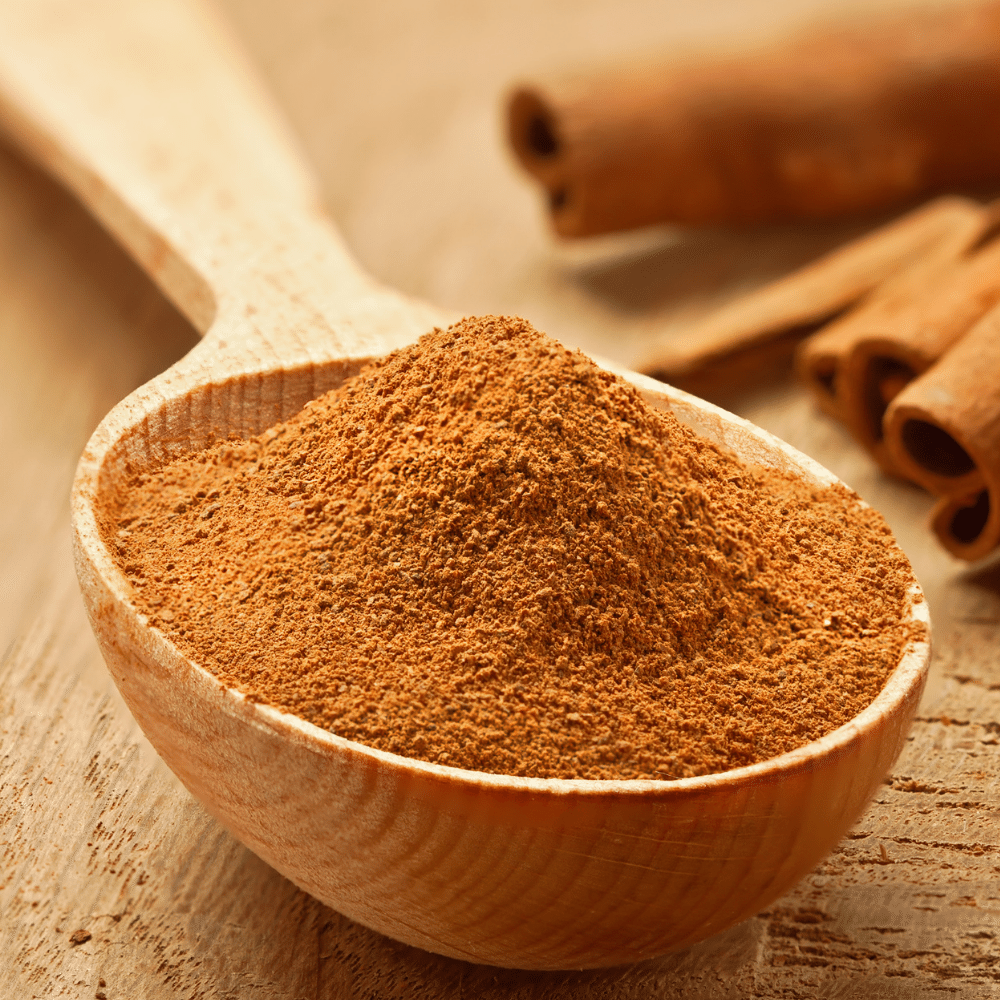
Cinnamon is a sweet and aromatic spice that is commonly used in baking and desserts. However, it is also a key ingredient in many curry sauces. Here are some things to know about cinnamon:
- Cinnamon is derived from the inner bark of several trees from the genus Cinnamomum.
- It is available in two main varieties: Ceylon cinnamon (also known as “true cinnamon”) and cassia cinnamon (also known as “Chinese cinnamon”).
- Ceylon cinnamon is more expensive and has a sweeter, more delicate flavor than cassia cinnamon.
- Cassia cinnamon is darker in color and has a more pungent flavor than Ceylon cinnamon.
- Cinnamon is rich in antioxidants and has anti-inflammatory properties.
- In curry sauces, cinnamon adds a warm, sweet flavor and pairs well with other spices like cumin, coriander, and turmeric.
When using cinnamon in your curry sauce, it is best to use it in moderation as it can easily overpower other flavors. Start with a small amount and adjust to taste.
Some other spices that pair well with cinnamon in curry sauces include:
- Cumin
- Coriander
- Turmeric
- Cardamom
- Cloves
- Black pepper
Experiment with different combinations of spices to find the flavor profile that you like best.
7. Fenugreek

Fenugreek is a herb that is commonly used in Indian cuisine. It has a slightly bitter taste and is often used in curry sauces. Fenugreek seeds are small and yellowish-brown in color. They are commonly used in spice blends and can be found in many Indian grocery stores or online. Here are some key facts about fenugreek:
- Fenugreek is often used in Ayurvedic medicine to treat a variety of ailments, including digestive problems and inflammation.
- Fenugreek seeds can be roasted and ground to make a spice blend called methi powder, which is commonly used in Indian cooking.
- Fenugreek leaves, also known as methi, are used fresh or dried in many Indian dishes.
- Fenugreek has a strong aroma and can be overpowering if too much is used in a dish. Use it sparingly.
If you’re new to using fenugreek in your cooking, here are some tips:
- Start with a small amount and taste as you go. Fenugreek can be bitter, so you don’t want to use too much.
- Fenugreek seeds can be soaked in water overnight to soften them before use.
- Fenugreek leaves can be used to add a fresh, slightly sweet flavor to dishes. They are often used in vegetable dishes and curries.
Fenugreek is a versatile spice that can add depth and complexity to your curry sauce. Experiment with different amounts and combinations of spices to find the perfect balance for your taste.
8. Mustard Seeds

Mustard seeds are tiny, black or dark brown seeds that are commonly used in Indian cooking. They have a pungent, spicy aroma and taste just like mustard in its paste form.
Mustard seeds are an essential component in many different preparations and are commonly heated in oil until sputtering and then added to dishes as a tempering.
Here are some of the benefits of using mustard seeds in your curry sauce:
- They add a unique, pungent flavor to the dish.
- They have anti-inflammatory properties and can help reduce pain and swelling in the body.
- They are a good source of omega-3 fatty acids, which are important for heart health.
- They contain a high level of antioxidants, which help protect the body from free radicals and oxidative stress.
When using mustard seeds in your curry sauce, it’s important to note that black mustard seeds are more pungent than their yellow counterparts and offer a good deal more heat. Typically, the mustard seeds are fried in hot oil until they pop open and that oil and the seeds in it are used in the dish.
Overall, adding mustard seeds to your curry sauce is a great way to add flavor and nutrition to your dish.
9. Fennel Seeds

Fennel seeds are a common ingredient in many curry recipes. They have a sweet, licorice-like flavor that pairs well with the other spices in the dish. Here are some things to know about fennel seeds:
- Fennel seeds are the dried seeds of the fennel plant.
- They are commonly used in Indian, Middle Eastern, and Mediterranean cuisine.
- Fennel seeds can be used whole or ground.
- They are a good source of fiber, potassium, and vitamin C.
- Fennel seeds have many health benefits, including aiding digestion and reducing inflammation.
When using fennel seeds in a curry, it’s important to use them in moderation. Too much can overpower the other flavors in the dish. Here are some tips for using fennel seeds:
- Use whole fennel seeds for a milder flavor.
- Grind fennel seeds for a stronger flavor.
- Toast fennel seeds before using them to enhance their flavor.
- Combine fennel seeds with other spices, such as cumin and coriander, for a well-rounded flavor.
Overall, fennel seeds are a versatile spice that can add a unique flavor to your curry dishes. Experiment with different amounts and combinations to find the perfect balance for your taste buds.
10. Black Pepper

Black pepper is one of the most commonly used spices in the world and is a staple ingredient in many curry recipes. It comes from the fruit of the Piper nigrum plant, which is native to India and other parts of Asia. Black pepper is known for its pungent, spicy flavor and its ability to enhance the taste of other spices in a dish.
Here are some key facts about black pepper:
- Black pepper is high in antioxidants and has anti-inflammatory properties.
- It contains a compound called piperine, which has been shown to improve digestion and increase the absorption of nutrients.
- Black pepper is also a good source of manganese, vitamin K, and iron.
When using black pepper in a curry sauce, it is important to use freshly ground pepper for the best flavor. Whole peppercorns can be ground in a pepper mill or with a mortar and pestle. Here are some tips for using black pepper in a curry sauce:
- Use black pepper to add a spicy kick to your sauce.
- Pair black pepper with other spices like cumin, coriander, and turmeric for a balanced flavor.
- Grind black pepper coarsely for a more rustic texture, or finely for a smoother sauce.
- Be careful not to add too much black pepper, as it can overpower other flavors in the sauce.
Overall, black pepper is a versatile spice that can add depth and complexity to a curry sauce. When used in moderation and paired with other spices, it can help create a delicious and well-balanced dish.
11. Red Pepper Flakes

Red pepper flakes are a popular spice used in many cuisines, including Indian cuisine. They are made by crushing dried red chili peppers into small pieces. These flakes add a spicy kick to dishes and are a great addition to curry sauce.
Here are some things to keep in mind when using red pepper flakes in your curry sauce:
- Start with a small amount of red pepper flakes and gradually add more, as they can quickly make your curry sauce too spicy.
- Red pepper flakes can be added to the curry sauce during cooking or as a garnish on top of the finished dish.
- For a milder flavor, remove the seeds from the chili peppers before crushing them into flakes.
- Store red pepper flakes in an airtight container in a cool, dry place to maintain their flavor.
Red pepper flakes are a versatile spice that can be used in many other dishes besides curry sauce. They can be added to soups, stews, marinades, and even sprinkled on top of pizza for an extra kick of heat.
When using red pepper flakes, it’s important to remember that a little goes a long way. Start with a small amount and gradually add more until you achieve the desired level of spiciness. With its bold flavor and heat, red pepper flakes are a great addition to any spice collection.
12. Bay Leaves
Bay leaves are a staple in many cuisines, including Indian and Southeast Asian dishes. These leaves come from the bay laurel tree and have a slightly floral and bitter flavor. Bay leaves are commonly used in soups, stews, and curries to add depth and complexity to the dish.
Here are some reasons why bay leaves are a must-have spice for curry sauce:
- Bay leaves contain essential oils that give them a unique flavor and aroma. These oils are released when the leaves are heated, adding a rich, earthy flavor to your curry sauce.
- Bay leaves are rich in antioxidants, which help to protect your body from damage caused by free radicals. They also have anti-inflammatory properties that can help to reduce inflammation in the body.
- Bay leaves are a good source of vitamins and minerals, including vitamin A, vitamin C, calcium, and magnesium. These nutrients are essential for maintaining good health and can help to boost your immune system.
When using bay leaves in your curry sauce, it is important to remember that they are very potent. You only need one or two leaves to add flavor to a large pot of sauce.
Here are some tips for using bay leaves in your curry sauce:
- Add the bay leaves at the beginning of the cooking process to allow their flavor to infuse the sauce.
- Remove the bay leaves before serving the sauce to prevent anyone from accidentally eating them.
- Store bay leaves in an airtight container in a cool, dry place to prevent them from losing their flavor.
Overall, bay leaves are an essential spice for curry sauce. They add depth and complexity to the dish and provide a range of health benefits. Adding bay leaves to your curry sauce is an easy way to take your dish to the next level.
13. Garam Masala

Garam Masala is a blend of spices commonly used in Indian cuisine. It is a combination of various spices that adds a unique flavor to the dishes. The word “Garam” means “hot” or “heating,” and “Masala” means “spice blend.” The spice mix is warming, aromatic, and slightly sweet.
The spice blend typically includes coriander, cumin, cardamom, cloves, black pepper, cinnamon, and nutmeg. However, the blend can vary depending on the region or personal preference. Some variations may include bay leaves, fennel seeds, mace, or star anise.
Garam Masala is used in both vegetarian and non-vegetarian dishes, and it is a staple in many Indian kitchens. It is commonly used in curries, soups, stews, and rice dishes. Here are some of the benefits of using Garam Masala:
- Boosts digestion
- Helps in weight loss
- Reduces inflammation
- Improves heart health
- Helps in controlling blood sugar levels
Garam Masala is readily available in most grocery stores, but if you want to make it at home, here’s an easy recipe:
- 2 tablespoons coriander seeds
- 1 tablespoon cumin seeds
- 1 tablespoon cardamom pods
- 1 tablespoon black peppercorns
- 1 cinnamon stick
- 1 teaspoon whole cloves
- 1 teaspoon grated nutmeg
Toast all the whole spices in a dry skillet over medium heat until fragrant. Remove from heat and let cool. Grind the spices in a spice grinder or mortar and pestle until fine. Store in an airtight container for up to six months.
Garam Masala is a versatile spice blend that adds depth and complexity to any dish. Try adding it to your next curry or soup recipe for a delicious and aromatic flavor.
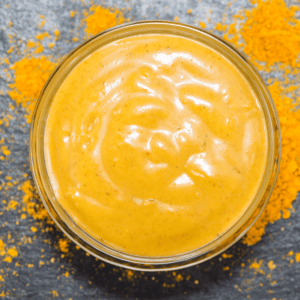
13 Best Spices for Curry Sauce
Ingredients
- Cumin
- Coriander
- Turmeric
- Cardamom
- Cloves
- Cinnamon
- Fenugreek
- Mustard Seeds
- Fennel Seeds
- Black Pepper
Instructions
- Select your favorite spices from this article.
- Organize all the required ingredients.
- Prep a delicious curry sauce in 30 minutes or less!
Jenny has always been passionate about cooking, and she uses her platform to share her joy of food with others. Her recipes are easy to follow, and she loves giving tips and tricks to help others create their own unique culinary creations.

